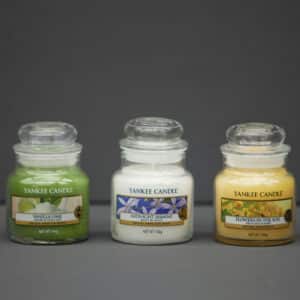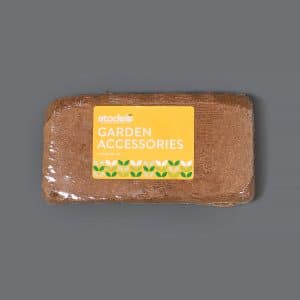The Beauty of Bulbs
DIY and how-to

The Beauty of Bulbs
Spring-flowering bulbs are available in garden centres from April – plant them in April and May and they will reward you with a dazzling display come spring.
Did you know that bulbs are the easiest plants to grow? This is because a bulb is really a plant’s underground pantry – a place where nutrients and water can be stored. All the bulbs that are available in nurseries already have a beautiful bloom waiting inside. In addition, each bulb comes complete with its own initial food supply stored in the bulb. All they ask for after planting is a good supply of water and reasonable soil, and in a few months’ time they will provide a spectacular and regal show.
April is the best time to plant spring-flowering bulbs as the soil has cooled down sufficiently by this time. Tulips are the one exception and are best planted in May. A constant supply of water, from planting time onwards, is the single biggest factor in ensuring success from spring-flowering bulbs. Water thoroughly after planting, and thereafter twice a week until the bulbs go dormant in early summer.
Plant your bulbs according to the instructions on the packet in any ordinary garden soil – the only condition is that it must drain well. Loosen the soil beforehand to a depth of about 20cm, and add some well-decomposed manure, compost or leaf mould. A very sandy soil can be improved by digging in organic matter such as compost as well as water retaining polymers. A clay soil will benefit from the addition of some coarse sand and lots of organic matter such as compost to improve drainage and texture.
Choose the best Position :
Bulbs that do best in a full sun position include babiana, ixia, ornithogalum, sparaxis, tritonia and ranunculus. Allium, hyacinth, freesia, and leucojum (snowflakes) need a shady spot, but can take a few hours of sun early in the morning or afternoon. Bulbs that like sun but require protection from the hot midday sun include hyacinth, anemones, tulips, narcissus, daffodils, ixia, muscari, lachenalia and Dutch iris. An east-facing bed which receives morning sun and afternoon shade is ideal for most bulbs in the summer rainfall and dry continental regions, as September can be a very hot month in these regions.
Design Considerations :
Spring-flowering bulbs create a lovely effect in the garden border, especially when thought is given to colour schemes. Those with striking foliage look particularly good in containers.
- Formal plantings – Ribbon planting in solid blocks of colour can be very effective, particularly in large gardens, or alongside paths or driveways.
- Informal plantings – For a more natural look plant bulbs in drifts and clumps.
- In a rock garden – The bulbs of indigenous plants are the most suitable for a rockery as they will grow under warmer conditions than some of their European relations. Examples are freesia, sparaxis, ixia and tritonia. However, they to have cool roots, so plant them well tucked in-between rocks.
- In containers – When planted in containers, bulbs add an instant splash of colour and impact where needed. Place a layer of broken crocks, stone or bark chips at the bottom of the pot for drainage and to prevent loss of soil out of the drainage holes. A good soil mixture for bulbs consists of two parts medium grained river sand, one part loam and one part fine compost. Never allow the soil to become dry – watering every day may be necessary.
You might also like
Shop online
-
YANKEE CANDLE SMALL 104g
- R189.99
-
Coco Coir 640g
- R49.99
-
CACTUS MIX
- R29.99 – R39.99
-
GOLD FISH FOOD
- R39.99 – R159.99




